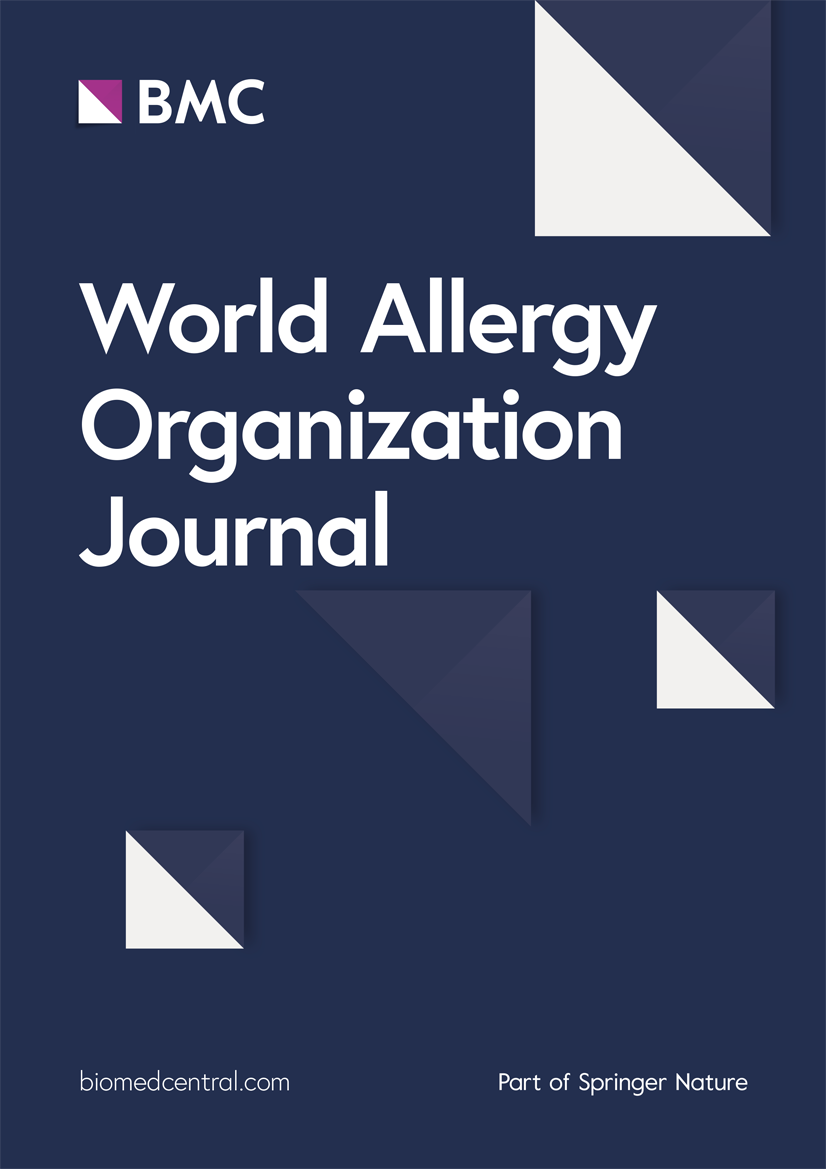基于机器学习的常规血液参数检测急性哮喘加重模型
IF 4.3
2区 医学
Q2 ALLERGY
引用次数: 0
摘要
急性哮喘加重(aae)是哮喘相关发病率和死亡率的主要原因,特别是在资源有限的环境中,无法获得肺功能检查或患者无法配合检查。本研究旨在通过机器学习技术开发和验证使用常规血液参数的AAE诊断模型。方法建立基于机器学习的血常规检测参数诊断模型。分析了广州医科大学第一附属医院23,013例哮喘患者的数据。通过逻辑回归识别显著变量,并使用12种机器学习算法构建诊断模型,使用受试者工作特征(ROC)分析、校准和决策曲线分析(DCA)对诊断模型进行评估。结果使用14个变量的广义线性模型增强结合随机森林(glmBoost + RF)算法与使用25个变量的更复杂的最小绝对收缩和选择算子结合随机森林(Lasso + RF)算法(AUC = 0.985)的性能相当(曲线下面积[AUC] = 0.981)。这两个模型在不同的人口亚组中都表现出出色的校准和一致的性能。与传统策略相比,DCA证实了更优越的临床效用。结论该机器学习模型为利用血常规参数检测AAE提供了一种高效实用的工具,具有潜在的临床应用价值,特别是在资源有限的地区。临床试验编号不适用。本文章由计算机程序翻译,如有差异,请以英文原文为准。
Machine learning-based model for acute asthma exacerbation detection using routine blood parameters
Background
Acute asthma exacerbations (AAEs) are a leading cause of asthma-related morbidity and mortality, especially in resource-limited settings where pulmonary function tests are unavailable or when patients are unable to cooperate with testing. This study aimed to develop and validate a diagnostic model for AAE using routine blood parameters through machine learning techniques.
Methods
We developed a machine learning-based diagnostic model using routine blood test parameters. Data from 23,013 asthma patients treated at the First Affiliated Hospital of Guangzhou Medical University were analyzed. Significant variables were identified through logistic regression, and 12 machine learning algorithms were used to construct diagnostic models, which were evaluated using Receiver Operating Characteristic (ROC) analysis, calibration, and Decision Curve Analysis (DCA).
Results
The Generalized Linear Model Boosting combined with Random Forest (glmBoost + RF) algorithm using 14 variables achieved comparable performance (Area Under the Curve [AUC] = 0.981) to the more complex Least Absolute Shrinkage and Selection Operator combined with Random Forest (Lasso + RF) algorithm using 25 variables (AUC = 0.985). Both models demonstrated excellent calibration and consistent performance across different demographic subgroups. DCA confirmed superior clinical utility compared to conventional strategies.
Conclusions
This machine learning model provides an efficient and practical tool for detecting AAE using routine blood parameters, offering potential value in clinical practice, especially in resource-limited settings.
Clinical trial number
Not applicable.
求助全文
通过发布文献求助,成功后即可免费获取论文全文。
去求助
来源期刊

World Allergy Organization Journal
Immunology and Microbiology-Immunology
CiteScore
9.10
自引率
5.90%
发文量
91
审稿时长
9 weeks
期刊介绍:
The official pubication of the World Allergy Organization, the World Allergy Organization Journal (WAOjournal) publishes original mechanistic, translational, and clinical research on the topics of allergy, asthma, anaphylaxis, and clincial immunology, as well as reviews, guidelines, and position papers that contribute to the improvement of patient care. WAOjournal publishes research on the growth of allergy prevalence within the scope of single countries, country comparisons, and practical global issues and regulations, or threats to the allergy specialty. The Journal invites the submissions of all authors interested in publishing on current global problems in allergy, asthma, anaphylaxis, and immunology. Of particular interest are the immunological consequences of climate change and the subsequent systematic transformations in food habits and their consequences for the allergy/immunology discipline.
 求助内容:
求助内容: 应助结果提醒方式:
应助结果提醒方式:


